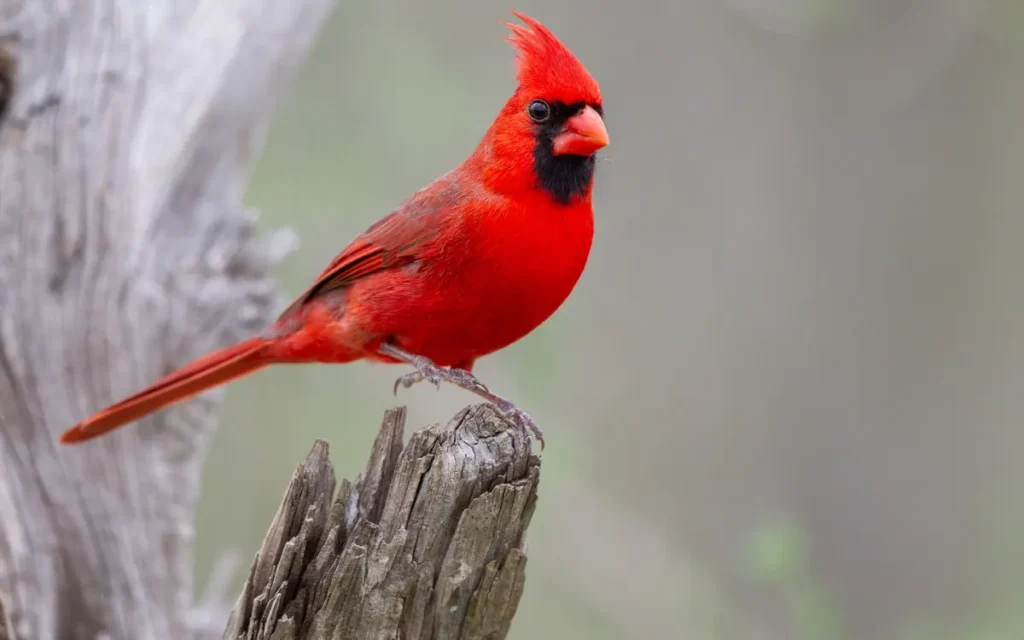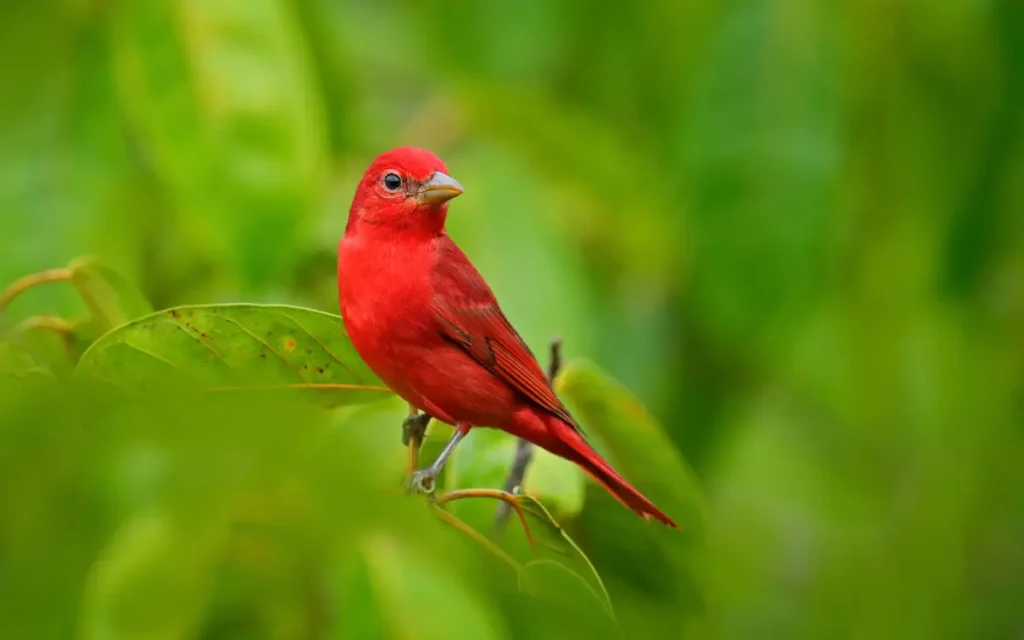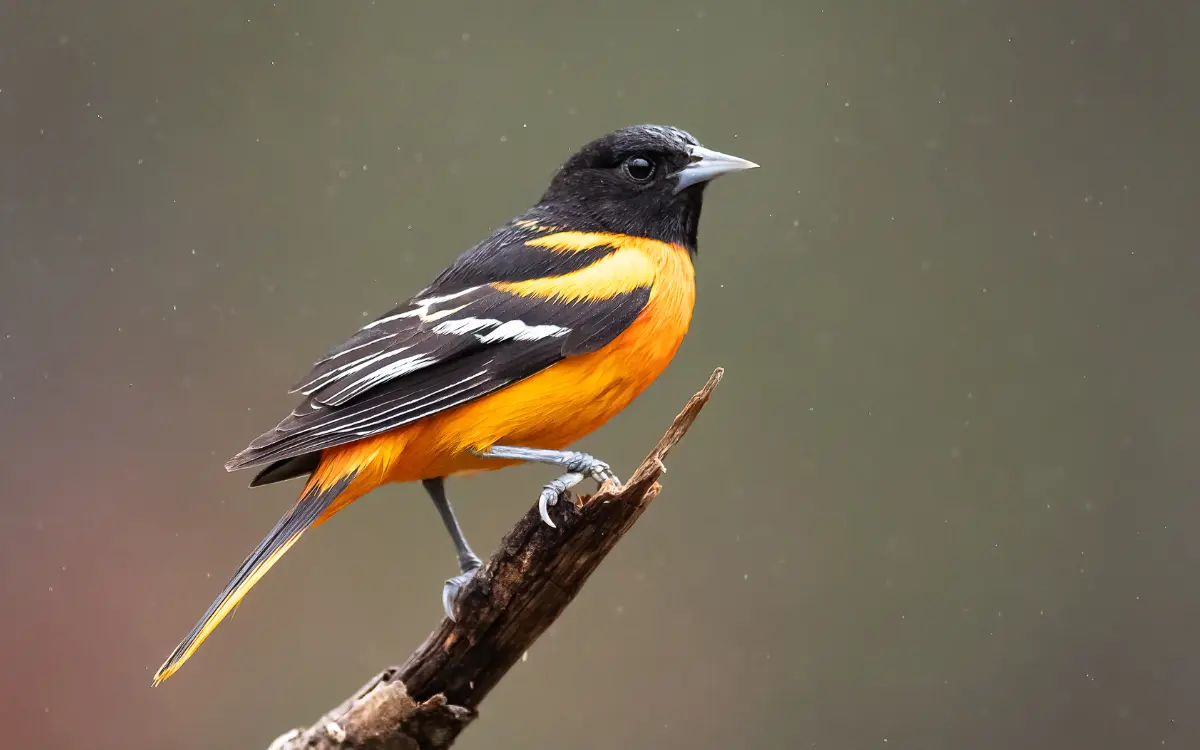Northern Cardinal vs Summer Tanager: How to Tell These Red Birds Apart
Spotting a bright red bird in the trees is always exciting, but it can also leave you second-guessing your identification. Was it a Northern Cardinal or a Summer Tanager? Both are striking birds with brilliant red plumage, and for many birdwatchers, they are often mistaken for one another.
While they share a similar color palette, these two species differ in shape, song, habitat, and behavior. Understanding those differences not only makes identification easier but also deepens your appreciation for the unique qualities of each bird. This guide will walk you through their appearances, calls, habits, and symbolic meanings so you’ll never confuse them again.
Northern Cardinal vs Summer Tanager Comparison

| Feature | Northern Cardinal | Summer Tanager |
| Size | 8.3–9.1 inches | 6.7–7.5 inches |
| Plumage | Males bright red with crest; females tan/brown with red hints | Males solid red; females yellow-orange |
| Crest | Yes | No |
| Bill | Short, thick, cone-shaped | Longer, slimmer, slightly curved |
| Song | Clear whistles (“cheer-cheer-cheer”) | Buzzy, robin-like phrases |
| Habitat | Backyards, woodlands, shrubs | Open woodlands, near rivers, pine forests |
Physical Appearance

Northern Cardinal
The Northern Cardinal is one of the most recognizable birds in North America. Males shine with vibrant red feathers, a tall crest on top of their head, and a black mask around the face. Females are more subtle, wearing soft brown plumage with warm reddish touches on the wings, tail, and crest. Their cone-shaped bills are perfectly designed for cracking seeds.
Summer Tanager

The Summer Tanager takes a simpler approach to beauty. Adult males are entirely red from head to tail, with no crest and no black markings. Females and young birds, however, wear golden-yellow to orange plumage, making them look very different from cardinals. Their bill is slightly longer and slimmer, better suited for catching insects on the wing.
Songs and Calls
Northern Cardinal
If you’ve ever heard a loud, whistled “cheer-cheer-cheer” or “birdie-birdie-birdie” from your backyard, you’ve likely been listening to a Northern Cardinal. They are prolific singers, with both males and females vocalizing throughout the day. Their clear, ringing notes often make them one of the first birds you hear at dawn.
Summer Tanager
Summer Tanagers sing a more relaxed song, similar to an American Robin but slower and less sharp. Their call note, a distinctive “pit-ti-tuck,” is a great field clue if you’re birding in the woods. Unlike cardinals, only males sing, and they are most vocal during the breeding season.
Range and Habitat
Northern Cardinal
Cardinals are year-round residents across the eastern and central United States, and their range has been expanding northward in recent decades. They thrive in backyards, suburban gardens, woodland edges, and shrubby areas. Their willingness to visit bird feeders makes them one of the most familiar backyard birds.
Summer Tanager
Summer Tanagers are true travelers. They spend their breeding season in the southern United States, especially in states like Texas, Florida, and throughout the Southeast. By late fall, they migrate to Central and South America to spend the winter in tropical forests. They prefer open woodlands, pine-oak forests, and areas near rivers, making them less common around feeders.
Behavior and Diet
Northern Cardinal
Cardinals are primarily seed eaters, with sunflower seeds being their favorite. They also enjoy berries and insects during the warmer months. Pairs often stay together year-round, fiercely defending their territory. Their habit of feeding on the ground or hopping through shrubs makes them easy to spot in a backyard setting.
Summer Tanager
Summer Tanagers have a reputation as “bee and wasp specialists.” They catch these insects mid-air, remove the stingers by rubbing them against a branch, and then enjoy their meal. In addition to bees, they eat a variety of flying insects and occasionally fruit. Their aerial hunting style sets them apart from the more seed-loving cardinal.
Read also: Blue jay vs Cardinal: Key Difference
Symbolism and Cultural Meaning
Both of these birds carry rich symbolic associations.
- Northern Cardinal: Widely seen as a symbol of love, hope, and spiritual connection. Many people believe cardinals represent visits from loved ones who have passed away. Their bright red color makes them stand out in the snow, reinforcing their image as a messenger of warmth and renewal.
- Summer Tanager: With its seasonal migration, the Summer Tanager is often associated with change, journeys, and resilience. Its golden female plumage and red male counterpart can also represent balance and transformation.
Tips for Birdwatchers – How to Tell Them Apart in the Field
- Look for the crest. Cardinals have it, tanagers don’t.
- Check the bill shape. Cardinals have short, thick bills; tanagers have longer, slimmer bills.
- Notice the females. Female cardinals are tan with reddish accents, while female tanagers are yellow to orange.
- Think about location. Cardinals stay put year-round, but Summer Tanagers are present only during spring and summer in the U.S.
Frequently Asked Questions
Do Summer Tanagers visit backyard feeders?
Not often. They prefer insects and fruit rather than seeds, so they’re less likely to show up at typical bird feeders. Cardinals, on the other hand, are frequent feeder visitors.
Can Northern Cardinals and Summer Tanagers live in the same area?
Yes. Their ranges overlap in the southern United States, particularly during summer, though their habitat preferences differ.
Why do people confuse the two birds?
Because both males are bright red. However, the cardinal’s crest and mask are clear giveaways, while the tanager’s smooth, all-red plumage sets it apart.
Which bird sings more often?
Cardinals sing throughout the day and year, making them one of the most vocal backyard birds. Summer Tanagers sing mostly during breeding season.
Are both birds protected species?
Yes. Both are protected under the Migratory Bird Treaty Act, which makes it illegal to harm or capture them.






